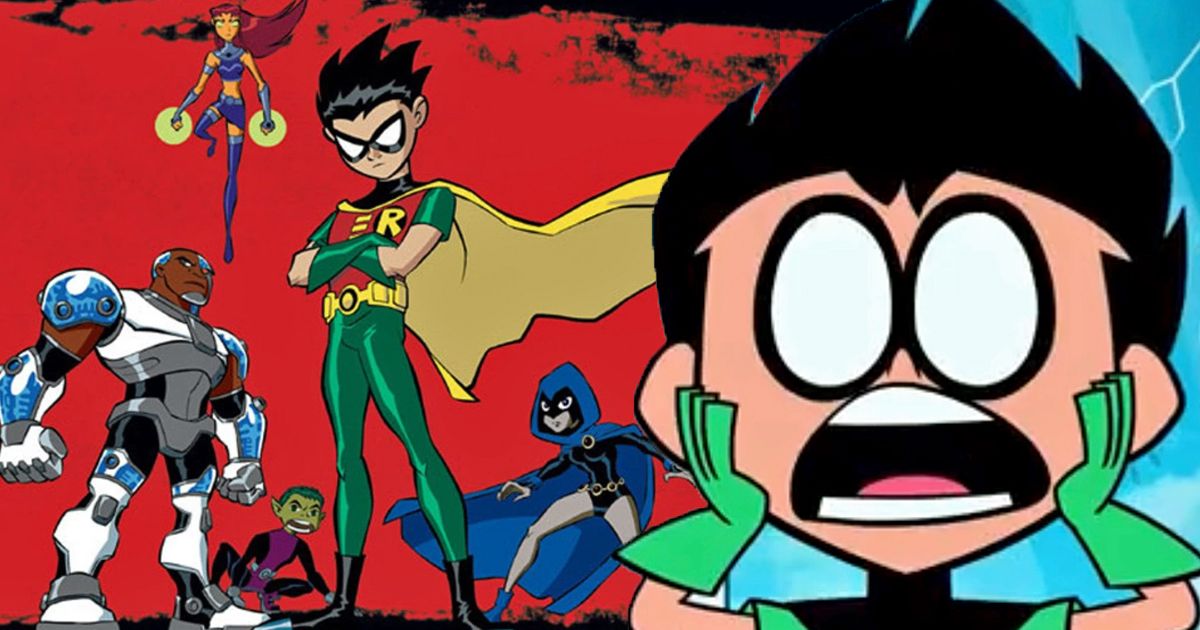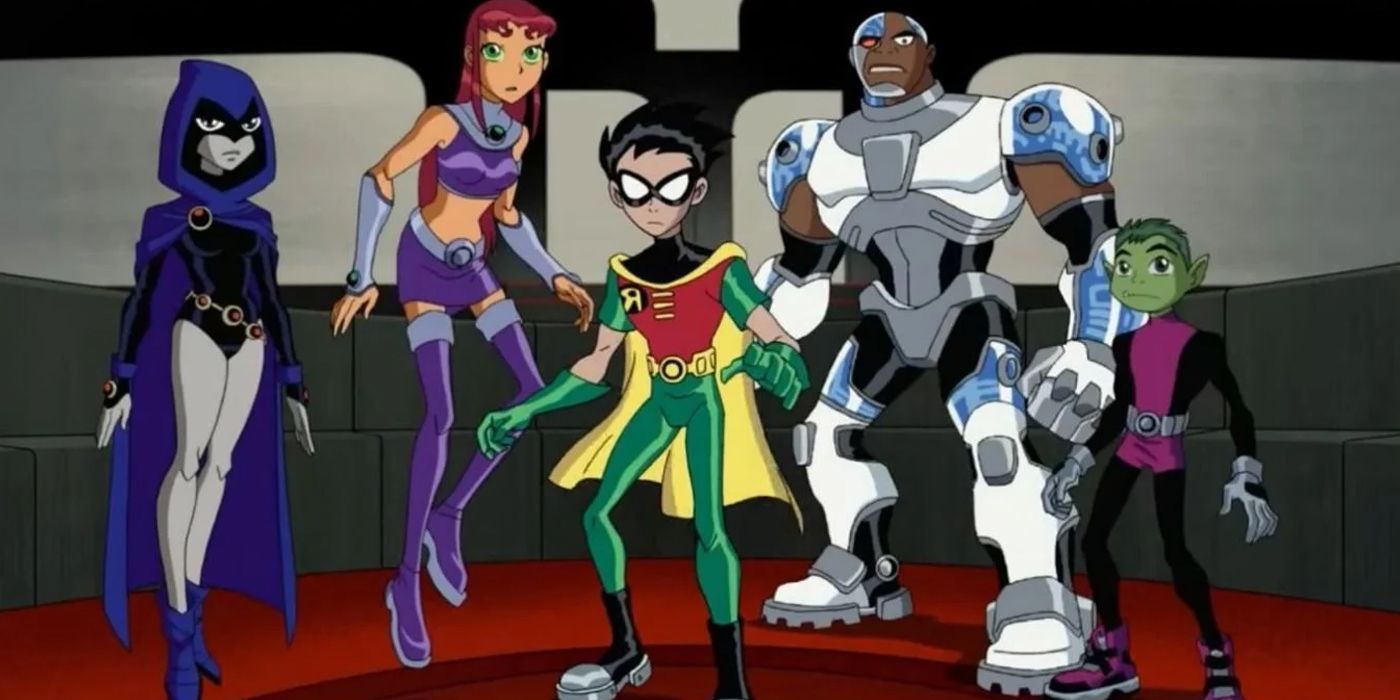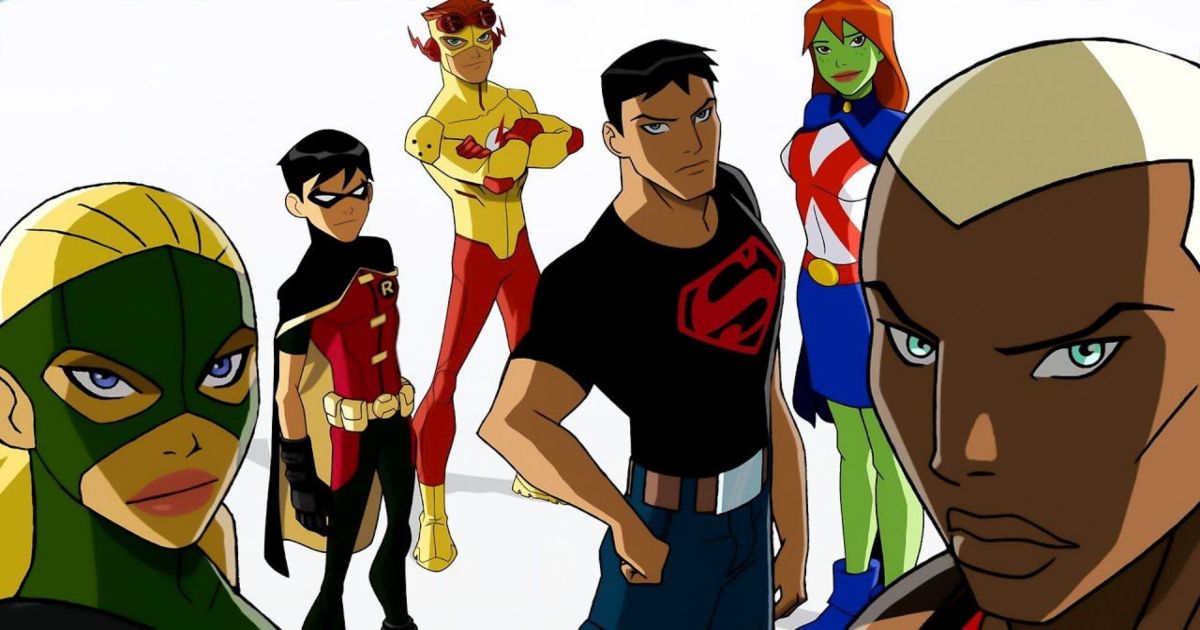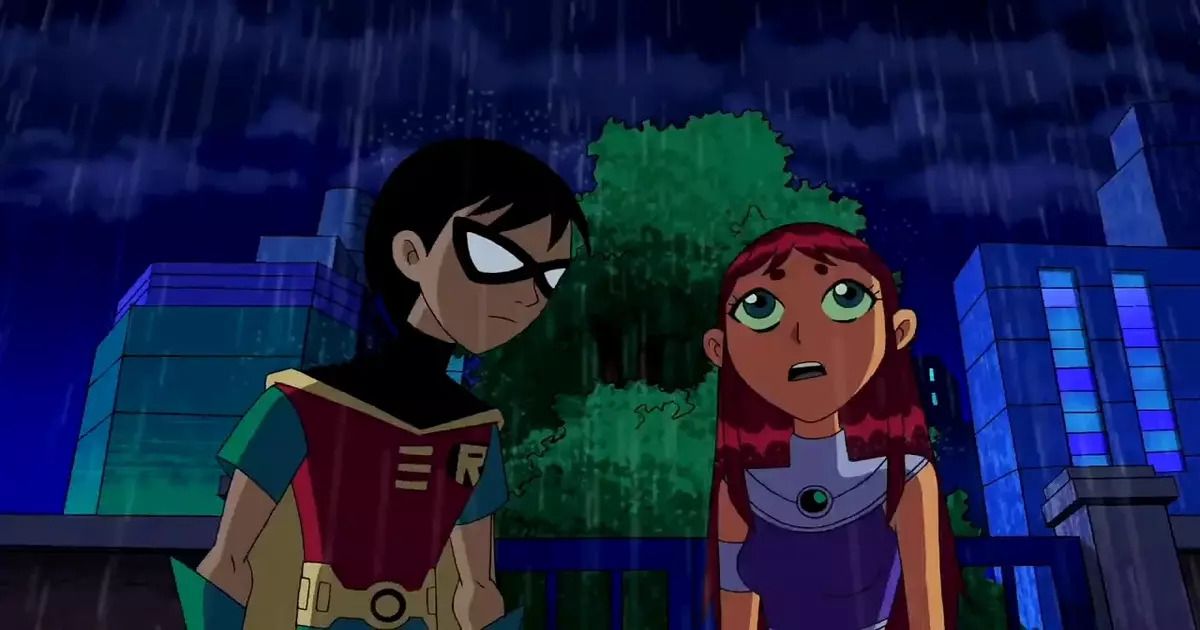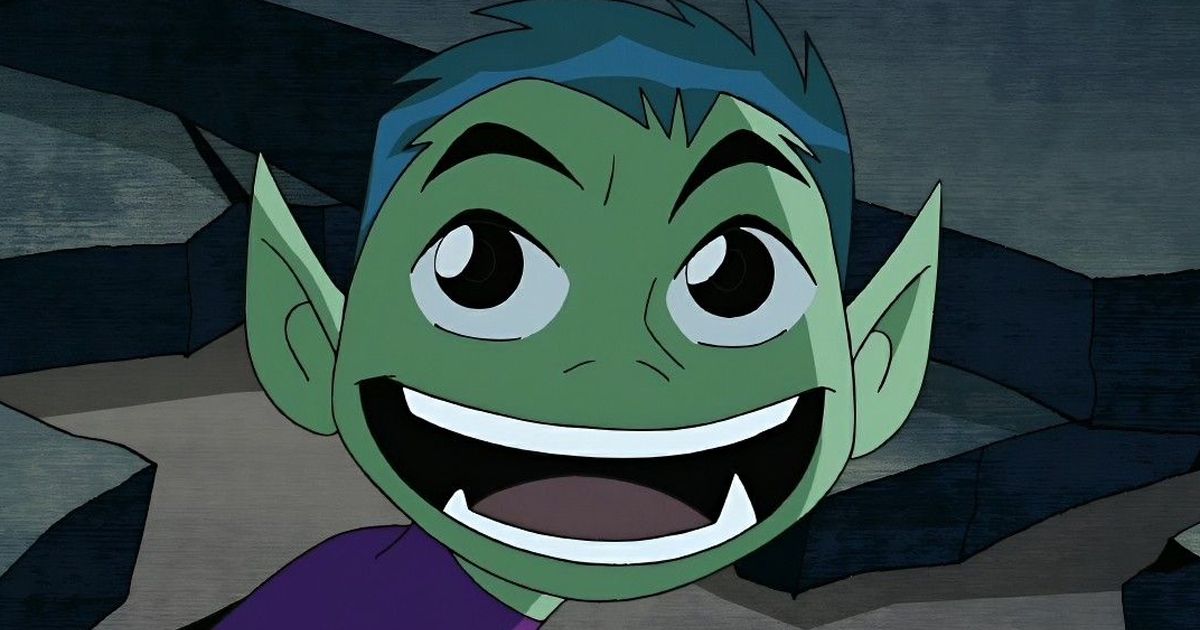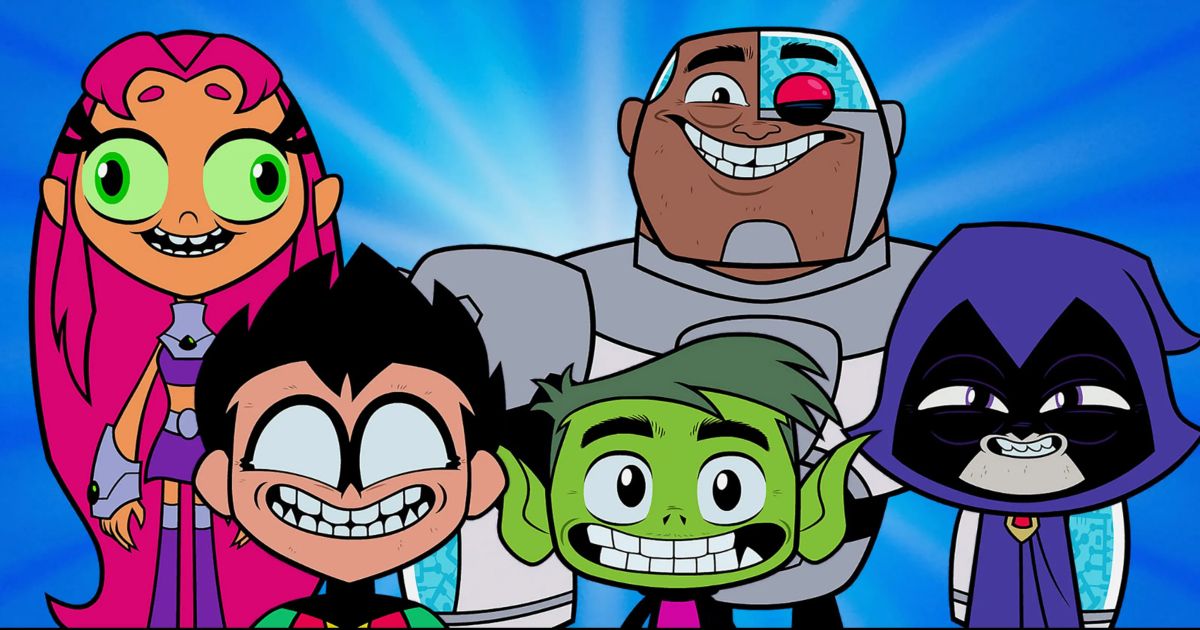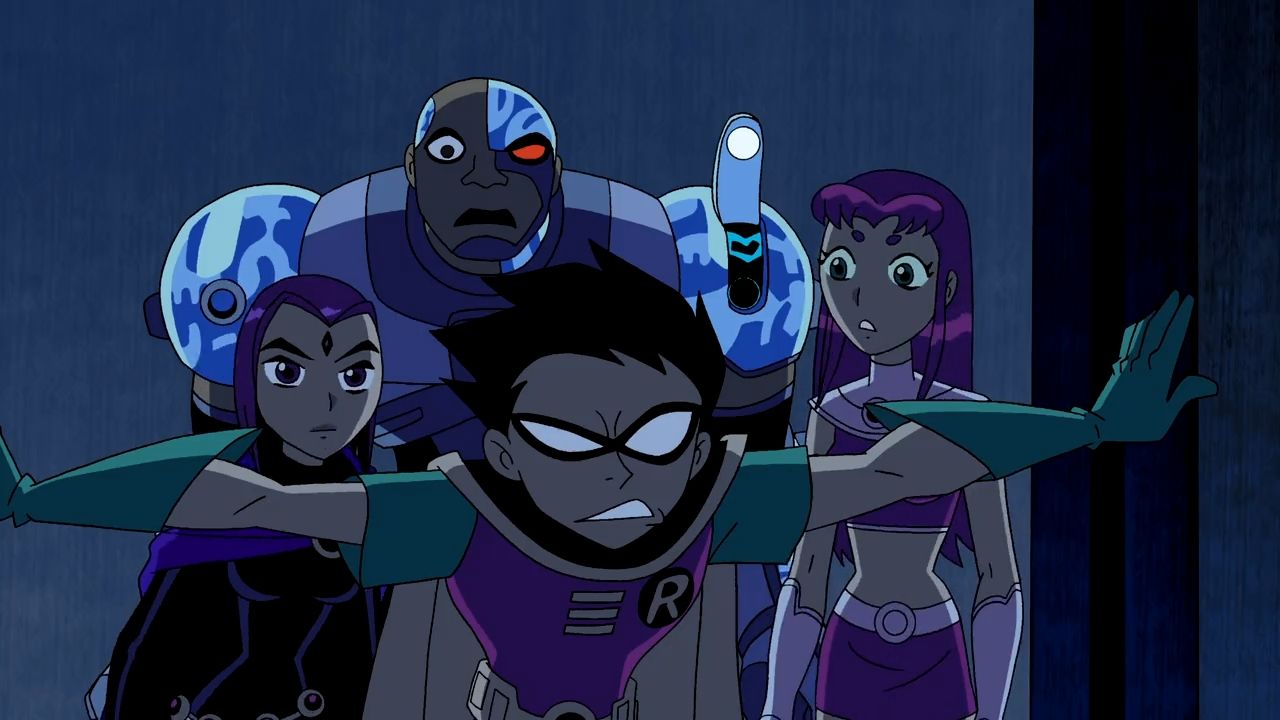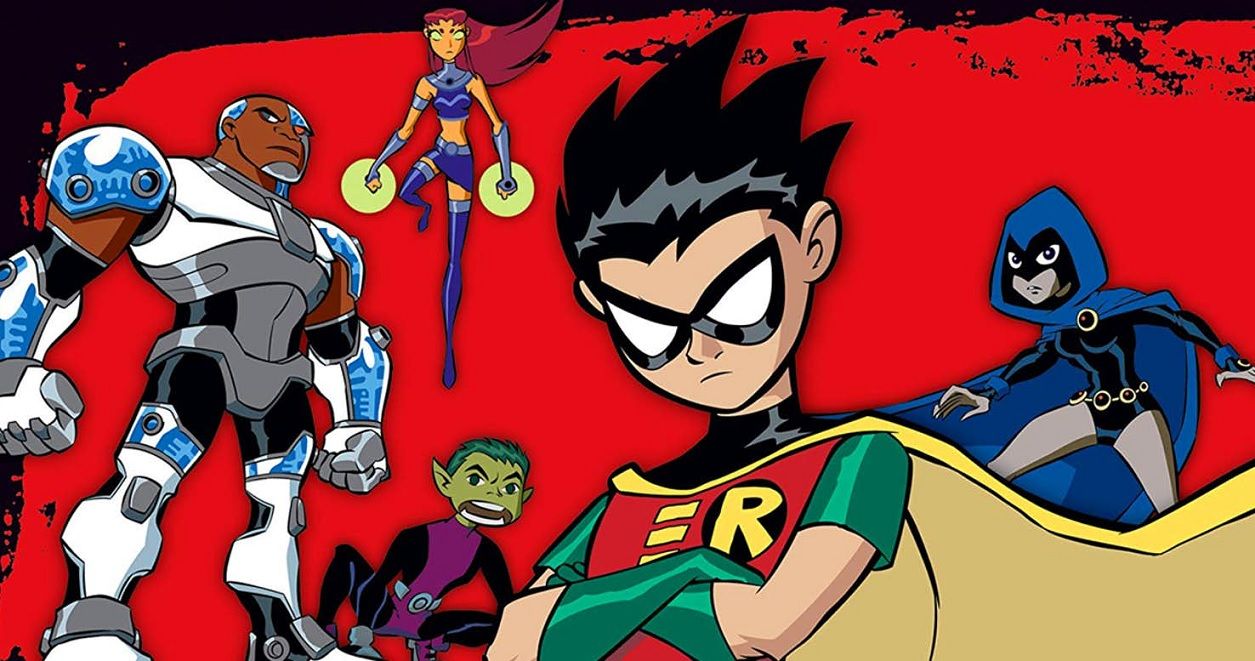Every few years or so, a show will come around to transcend its medium and genre. One such show, that has broken barriers and elevated entertainment for children, premiered in 2003 and was called Teen Titans. It’s been about fifteen years since the superhero show was last seen on Cartoon Network, and fans have been clamoring for a sixth season ever since.
The television series ran from 2003 to 2006 and explored the themes of friendship, love, suffering, and redemption. Unlike most animated shows, the characters have been shown to grow learn from their mistakes, and find their own identity throughout the run of the critically-acclaimed series. Teen Titans was originally only slated for four seasons but was so popular among the viewers that Cartoon Network gave it a fifth season. Given its more mature themes that many Cartoon Network programs decided to abandon in favor of pure comedy, the show was able to stand out among the other competition, make a surprising impact on viewers, and not be shoehorned into a niche and forgettable category. Let’s take a look at why Teen Titans is the best Cartoon Network show (outside of Adult Swim) even to this day.
Updated September 6, 2023: If you grew up watching the original series or are more familiar with Teen Titans Go!, this article was updated by Micah Bailey who is a longtime fan of both.
Unique Animation
Even in the year 2023, the animation style of the series is still widely praised by the fans. It uses a unique blend of anime in a superhero genre that was something new for DC Comics fans and marries it with traditional Western animations most Americans are familiar with. The show can balance funny anime gags with a stylistically natural and realistic environment, whereas most other cartoons would use more fantastical scenery and sillier visuals.
There is an artful style of how each frame is drawn, and its art is used to perfectly enhance the focus of the narrative in the world that the characters reside in. Its style can alternate between light-hearted and eerie depending on the mood, highlighting the thematic content in the narrative. It’s a beautiful landscape that can capture hearts and minds for generations and uses its style to magnify its sheer scope and splendor.
Paved the Way for Young Justice
Always the trailblazer, Teen Titans' brilliant writing and beautiful animations no doubt left a strong impression on not just critics and fans, but on the entertainment industry as well. While the acclaimed teen/YA animated series Young Justice does indeed have a comic book counterpart, the animated series was developed specifically for the screen and stands as its own series.
However, with Teen Titans' unique art style, game-changing action sequences, character development, and many of the show's voice cast appearing in Young Justice, we think it's safe to say the latter had a huge influence on the former. Although Young Justice didn't have as many seasons or episodes as Teen Titans, it still left an impact on fans of DC Comics as it was praised by many for its beautifully animated episodes, sharp writing, and its handling of relationships, betrayals, marriage, death, and other mature themes.
Handling of Mature and Dark Themes
Speaking of its style, Teen Titans can get dark when the theme or setting calls for it. Usually, when there is some type of revelation in a character, the cartoon landscape descends into a macabre-like portrait. While other cartoons are more jovial and juvenile in their subject matter, Teen Titans was afraid to stray into darker and moodier territory to entertain and educate its audience.
Its dark themes make the scenes in the show more intimate, and the darkness is used to draw its audience in, but what makes it worth watching are the stories. In the episodes "Apprentice Part 1 & 2," Robin is forced to work for his arch-nemesis Slade after the villain injects Robin’s friends with deadly nanites; these will kill them at any moment if Robin refuses to comply with Slade’s orders. The murky ethical and psychological themes in which these episodes, in particular, are entrenched add a sense of danger hoisted above the childlike, campy humor of the show.
Beast Boy Is the Best Comic-Relief
When people look through hilarious sidekicks on Cartoon Network, Beast Boy, or Garfield Logan, will always remain on top. While Dee Dee from Dexter’s Laboratory was too annoying and obnoxious to be funny, and Mordecai and Rigby from Regular Show fed off of each other in terms of comedy, Beast Boy was a unique character in that he was the only member of the Titans who took his job with genuine hilarity.
Having one comical character in a sea of more serious team members makes his persona more memorable and his jokes more appreciated as the others are more no-nonsense types of superheroes. This kind of perfect set-up for comic relief helps create a contrast that brings levity when needed but allows for seriousness as well.
Paved the Way for Teen Titans Go!
In addition to all the other phenomenal achievements accomplished by 2003's Teen Titans, one thing that we feel isn't discussed enough is how the critically acclaimed show paved the way for another successful DC animated project, Teen Titans Go!. Making its debut in the Spring of 2013, Teen Titans Go! is still running strong with eight seasons and a whopping 368 episodes of entertainment helping to keep the adolescent crime fighters relevant.
Although the show isn't the most popular among most fans and critics, with many of the show's detractors criticizing its structure and short episode length, Teen Titans Go! has been instrumental in introducing a new generation of fans to one of DC Comics' best superhero groups. Setting aside subjective feelings, we think it's fair to say that the show's existence is an objectively good thing primarily because it can introduce a new generation to the cast and characters that older fans have come to love, and it can hopefully pivot them towards the groundbreaking '03 version.
Groundbreaking Action
Before the Marvel Cinematic Universe blew everything up, Teen Titans had action sequences that could easily rival the superhero movies of its day. Usually, when an episode begins, the Titans are already in full attack mode and clobbering a villain who might end up being a pain in the neck for the team in the third act.
Unlike action sequences in other Cartoon Network programs, the action pushes the storyline here, and may sometimes be the crucial cold open to an important detail later on in the episode. Either way, there are enough explosions and hand-to-hand combat to keep audiences entertained, and the sequences are coherent and plot-driven enough to stand out from other animated action.
Superb Character Development
The thing that truly makes this amazing show stand out from the rest of Cartoon Network’s original programming, though, is that it has story arcs that develop the characters as the series progresses. Each season of Teen Titans essentially centered around the growth of a different Titan. The first season dealt with Robin’s obsession with trying to take down Slade, realizing at the end that they were more alike than the Boy Wonder realized. The second season was about a Titan newcomer named Terra who was taken in by the Titans after witnessing her abilities. She betrays them and joins Slade, but is redeemed when she eventually defeats him and sacrifices herself for the Titans and, especially, her love interest, Beast Boy.
The third season focused on Cyborg's journey for acceptance and was particularly interesting as the writers displayed their prowess with subtext, cleverly weaving in important issues like race and ethnocentrism with the character's unique robotic design. The fourth season was a more detailed arc of Raven and how her father Trigon birthed her to end the world, and the fifth season shed light on Beast Boy, who finally defeated his nemesis the Brain when the villain assaulted his former team Doom Patrol.
Teen Titans Still Holds Up
While there have certainly been other successful shows that premiered around the same time as Teen Titans, many of them have been forgotten on account of feeling dated, containing subjects and themes considered offensive, or just simply not resonating with newer audiences. In the case of Teen Titans, it still holds up incredibly well even twenty years later, and we strongly believe much of its staying power can be attributed to its strong writing above anything else.
Teen Titans covered a broad range of issues that appeal to teens, but it did it in a way that never felt overly preachy and remained entertaining. Many shows come and go, and even some beloved shows eventually fall out of step with modern audiences, but Teen Titans' ability to seemingly effortlessly handle mature themes while still appealing to its target demographic is impressive. Each character was unique in their way (enough for them to garner a live-action update) and provided something valuable to the team. As a result of this and the rest of the dark but funny, brilliantly animated action series, the characters entertained millions and remain the greatest original show on Cartoon Network.

